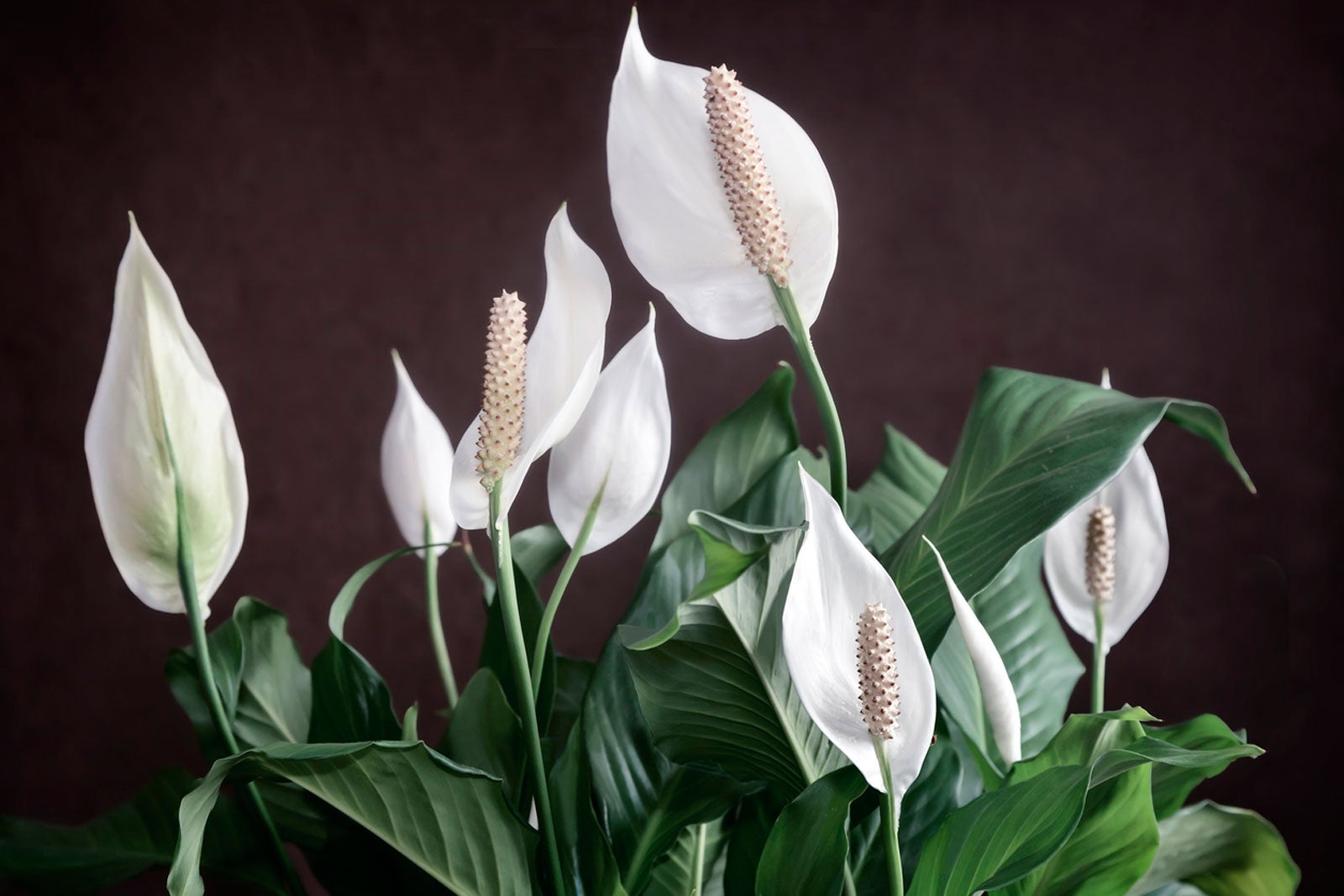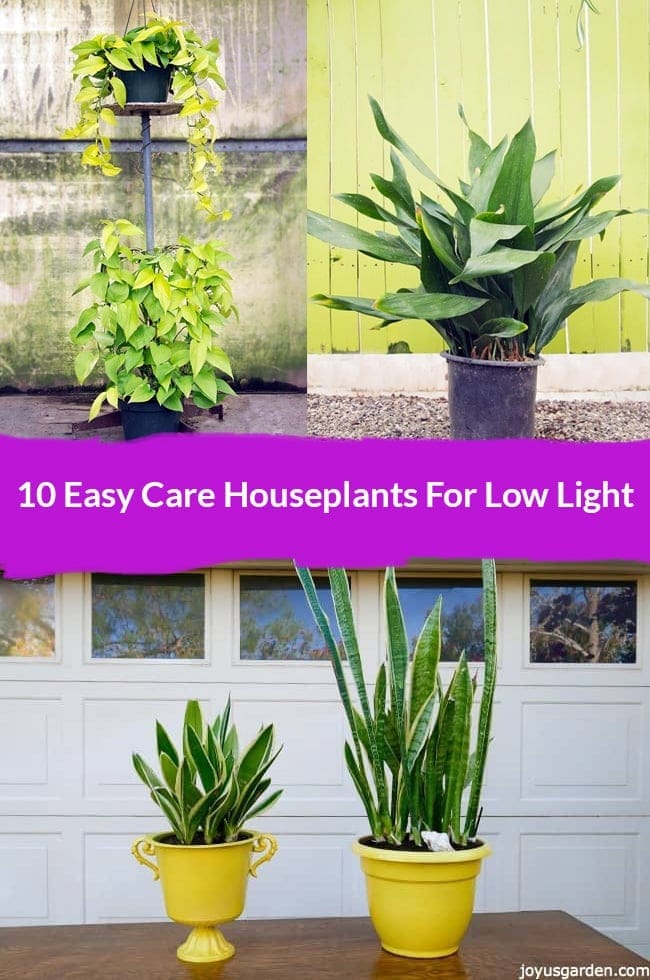Best Low-Light Indoor Plants for Those with Limited Natural Light in Their Homes
Best Low-Light Indoor Plants for Those with Limited Natural Light in Their Homes
Blog Article
Transform Your Home With Beautiful Low-Light Indoor Plants and Their Benefits
Incorporating low-light indoor plants into your home can significantly improve both the environmental and aesthetic high quality of your space. These plants, which grow in dim conditions, serve not only as decorative elements but also as all-natural air cleansers, making them perfect for metropolitan residents or those with restricted sunshine direct exposure. As we check out the numerous types of low-light plants and their advantages, you might find unexpected ways to integrate them into your home that can transform your environments in means you may not have expected.
Advantages of Low-Light Plants
Low-light plants offer numerous advantages for interior settings, making them a superb selection for both amateur and seasoned garden enthusiasts. One of the key advantages is their adaptability to low-light problems, enabling individuals to boost their living spaces without the need for extensive sunshine exposure. This particular makes them suitable for houses, workplaces, and other locations with restricted all-natural light.

In addition, incorporating low-light plants into home decor can boost the aesthetic appeal of a space. Their rich foliage and varied structures produce a soothing ambience, adding to general wellness. The presence of plant has actually been linked to decreased tension levels and enhanced productivity, making low-light plants a useful choice for improving both psychological and physical health and wellness in indoor settings.
Top Low-Light Indoor Plants
While lots of indoor plants thrive in brilliant light, numerous types are specifically well-suited for low-light conditions, making them perfect for numerous interior spaces. One popular selection is the Snake Plant (Sansevieria), known for its striking upright fallen leaves and strength, needing marginal treatment. Another outstanding alternative is the Pothos (Epipremnum aureum), which includes heart-shaped leaves and can track perfectly from shelves or hangers, thriving in low light and adding a rich touch.
The ZZ Plant (Zamioculcas zamiifolia) is celebrated for its shiny fallen leaves and capacity to endure disregard, making it excellent for active lifestyles. The Tranquility Lily (Spathiphyllum) not only tolerates low light yet additionally generates stunning white blooms, improving any kind of room's aesthetic.
For a special touch, think about the Cast Iron Plant (Aspidistra elatior), which certainly measures up to its name, flourishing in the darkest corners of your home. Lastly, the Chinese Evergreen (Aglaonema) provides a variety of fallen leave patterns and shades while being remarkably forgiving in low-light conditions. These plants not only beautify interior atmospheres however also add to air filtration, improving your space.
Care Tips for Low-Light Plants

Watering techniques are vital; these plants frequently prefer somewhat completely dry conditions. Overwatering can cause root rot, so guarantee that the leading inch of dirt is dry prior to sprinkling once again. Usage pots with drainage holes to permit excess moisture to get away.
Humidity is one more vital factor. Lots of low-light plants, such as brushes and peace lilies, gain from greater moisture levels. To boost moisture, consider misting the leaves or positioning a tray of water near the plants.
Fertilization must be approached with caution. Throughout the expanding period, use a weakened, well balanced liquid fertilizer every month to sustain growth, however stay clear of fertilizing during the inactive winter season.

Creative Ways to Display Plants
Interior plants can serve as fascinating centerpieces in any type of space, boosting both visual allure and setting. Imaginative display screens can boost the aesthetic influence of low-light plants, making them an integral part of your home decor. One effective method is to use tiered plant stands, which allow you to showcase numerous plants at differing elevations while making the most of floor space.
Hanging planters are another innovative alternative, developing a feeling of depth and drawing the eye upward. Consider macramé wall mounts or wall-mounted racks to introduce a distinct texture and design.
For an extra organized technique, usage geometric terrariums or glass containers to house your plants, including a contemporary touch to your interior yard. You can likewise repurpose classic things, such as teacups or wood pet crates, for a diverse display that shows your individuality.
Enhancing Home Atmosphere With Plants
Incorporating low-light plants right into your home not only enhances visual charm yet also adds dramatically to the general ambiance. These plants function as all-natural decor components, introducing a feeling of serenity that can transform any type of room. The existence of greenery promotes a calming ambience, which is especially advantageous in high-stress environments such as office or living areas.
Low-light plants, such as serpent plants, pothos, and ZZ plants, are not only cosmetically pleasing however additionally improve interior air quality by filtering system pollutants. This twin function boosts the ambiance better, producing a much healthier home (Best low-light indoor plants). The calculated placement of these plants can additionally influence the assumption of room; as an a knockout post example, tall plants can attract the eye upward, making ceilings show up greater and spaces much more spacious
Moreover, varying appearances and colors of vegetation include depth to interior layout, enabling innovative expression in home designing. Whether positioned on racks, in edges, or as centerpieces, low-light plants can elevate the mood of any kind get redirected here of space. In summary, integrating these plants right into your home is a reliable means to foster a warm, welcoming ambience while reaping the benefits of boosted air top quality and aesthetic adaptability.
Verdict
Integrating low-light interior plants right into home settings provides various benefits, consisting of boosted visual charm and boosted air top quality. These durable plants, such as the Serpent Plant and Peace Lily, call for very little light and maintenance, making them ideal for diverse lifestyles.
While several indoor plants thrive in intense light, a number of varieties are especially well-suited for low-light problems, making them optimal for various interior spaces. One reliable technique is to make use of tiered plant stands, which enable you to showcase several plants at varying heights while optimizing floor room.
Low-light plants, such as snake plants, pothos, and ZZ plants, are not just aesthetically pleasing however also enhance indoor air top quality by filtering toxins. Best low-light indoor plants. The tactical positioning of these plants can also affect the assumption of area; for instance, high plants can draw the eye upwards, making ceilings appear greater and areas extra sizable
These resilient plants, such as the Snake Plant and Tranquility Lily, call for minimal light and maintenance, making them click ideal for diverse lifestyles.
Report this page